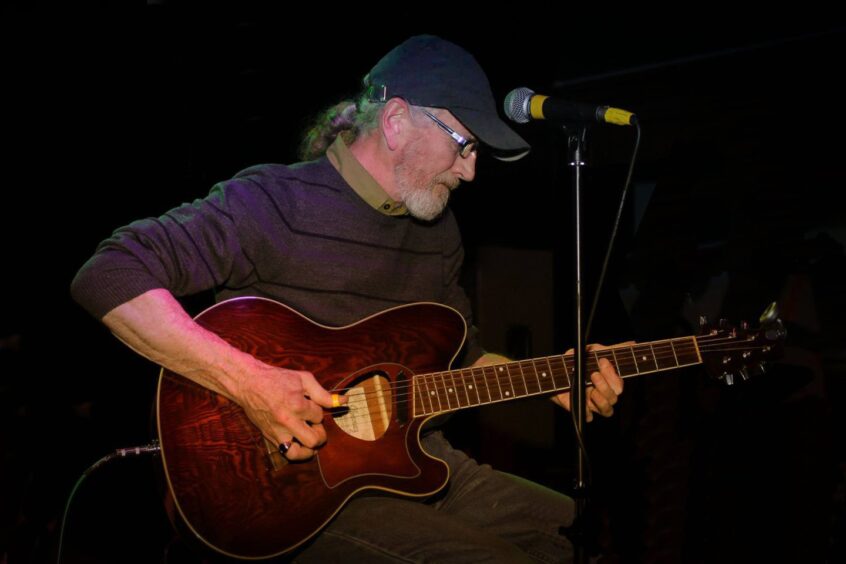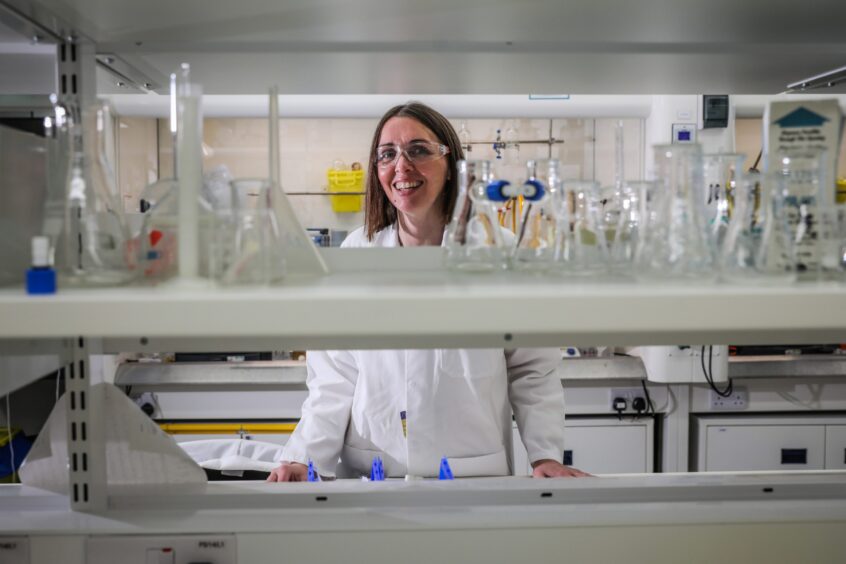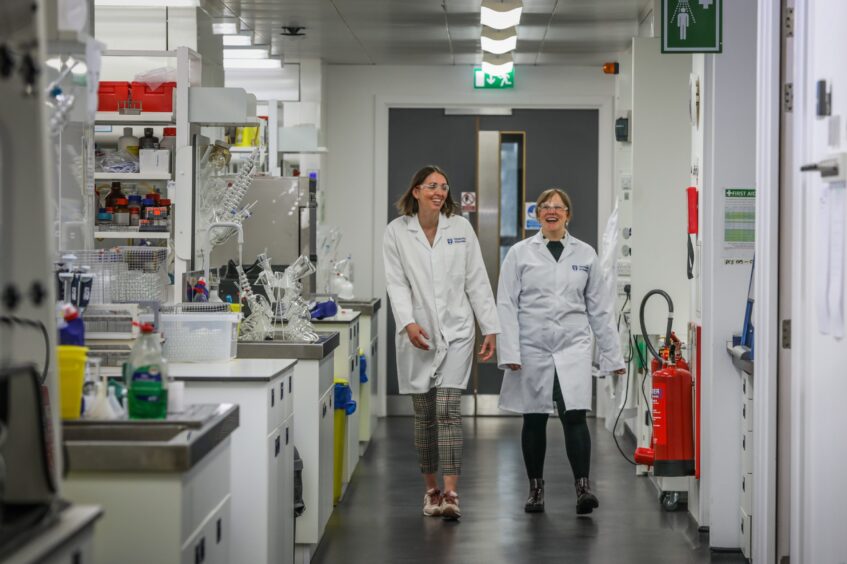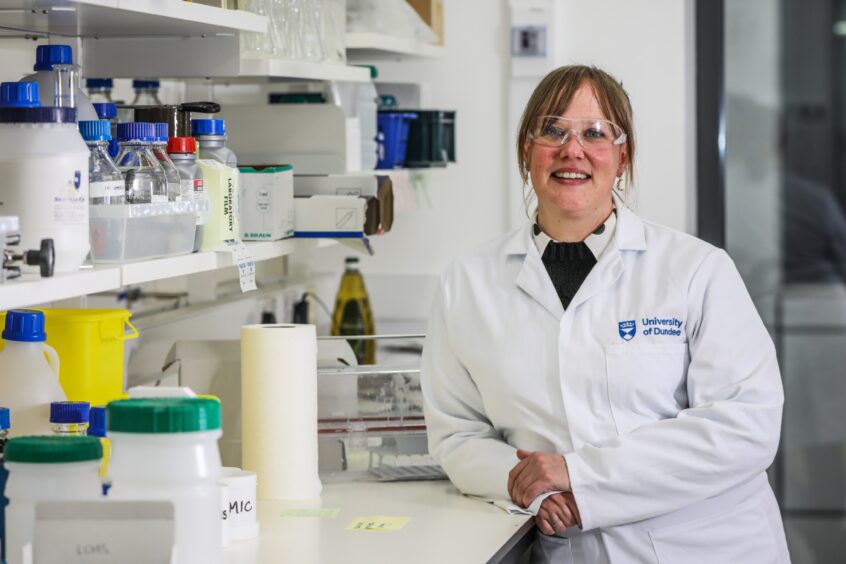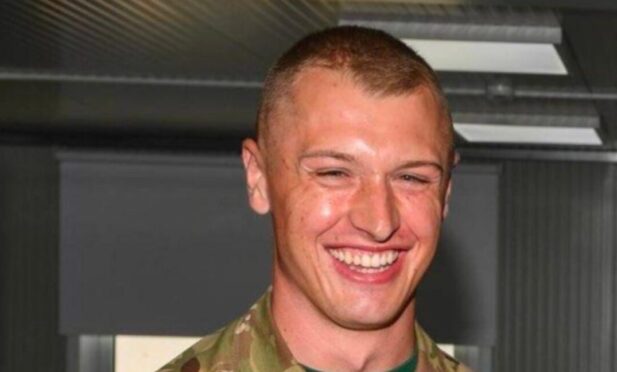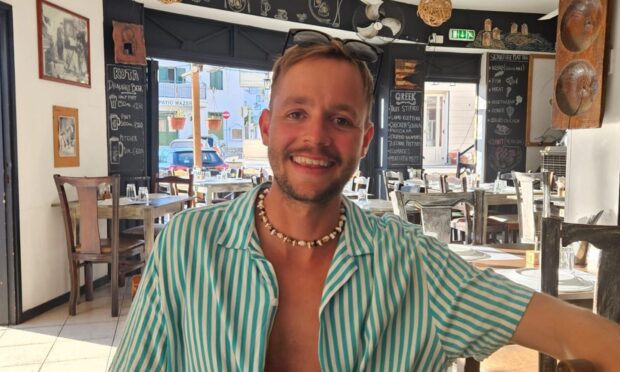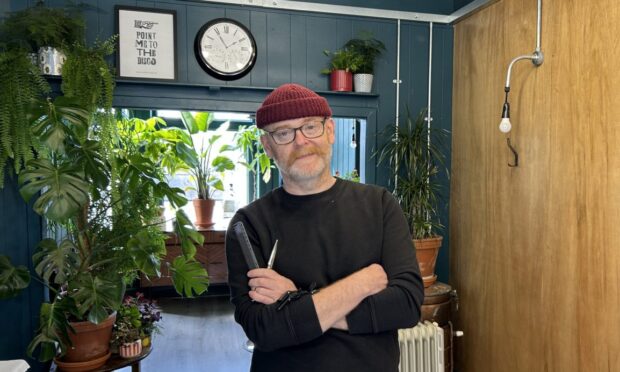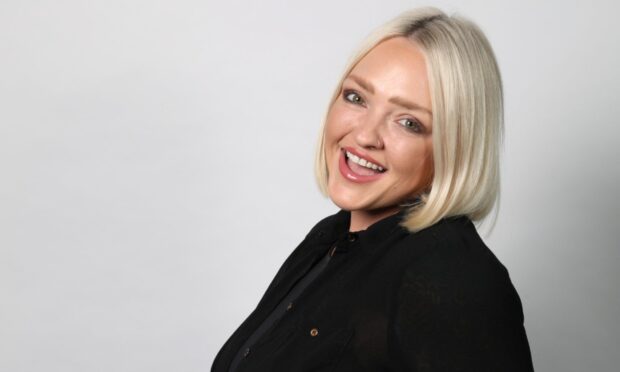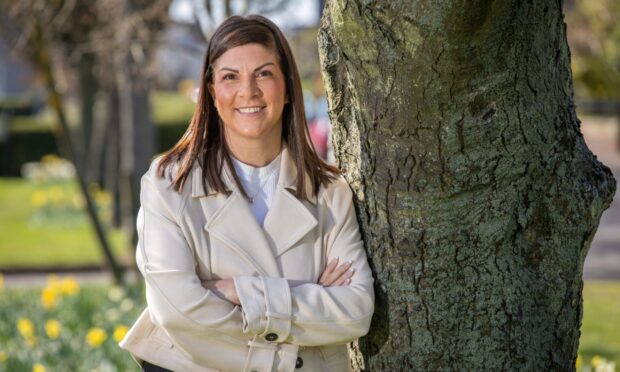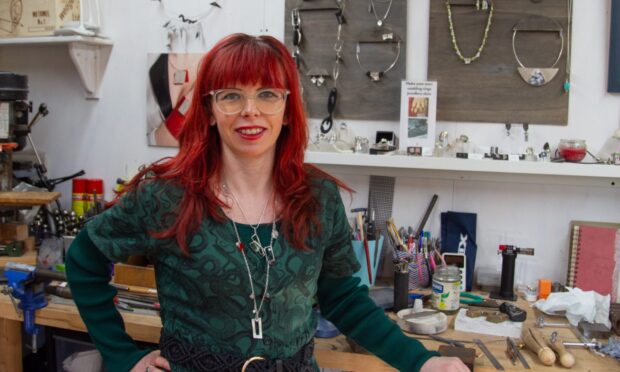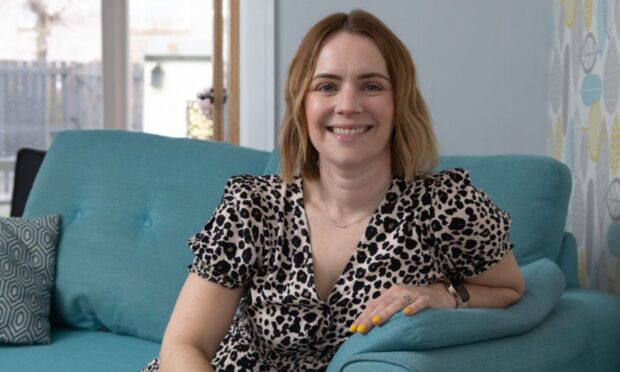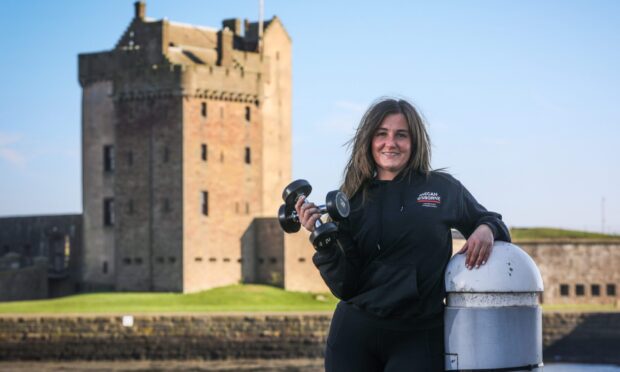
When Forfar musician Eddie McNaughton was told he had tuberculosis (TB) in the spring of 2019, he was relieved.
But he had no idea of the gruelling road that lay ahead of him.
“I’d had a cough, a chesty thing, but I smoke, so I didn’t think too much about it,” recalls Eddie, 73, of his initial symptoms. “I wasn’t coughing up blood or anything.
“Then it got worse, it was relentless. And I actually caught sight of myself in the mirror when I was getting out the shower, and I realised how much weight I’d lost,” he continues.
“I was skeletal. It was actually quite frightening to see. And at the back of my mind, I was worrying a wee bit about cancer.”
His extreme weight loss over the previous winter – disguised from his loved ones due to his ‘cauld tattie’ habit of wearing large jumpers – prompted Eddie to call his GP, who promptly arranged an X-Ray and biopsy.
“That was a lot less pleasant than I thought it would be!” chuckles Eddie, who has now made a full recovery and regularly “rocks his socks off” round the Angus music scene.
“A wee camera goes up your nose and down into your lungs. You’re sedated, and it was over in a matter of minutes, but it was quite scary. It was all quite a scary experience.”
However, he admits he was “relieved” when Ninewells consultant physician Dr David Connell called him up to tell him: “You’ve got tuberculosis.”
The respiratory disease, though extremely infectious, is entirely treatable if caught, and this eased Eddie’s mind.
But he admits he was “knocked for six” by the intensive treatment regime, which involves taking 10-15 pills per day for a minimum of six months – and can extend up to two years depending on the case of TB.
TB drugs regime was ‘debilitating’
“The treatment was a huge dose of antibiotics,” Eddie explains.
“The pills were like horse pills, they were very big. I had boxes and boxes of them, it was a huge drugs regime. It was intensive for seven months, and then it was reduced to a half dose for three months.
“It was really quite debilitating,” he continues.
“The drugs knocked me for six. With the amount I was taking, I just wanted to lie on the sofa with the fire on and a cover on me – and that’s how I spent my life for about three months.
“I didn’t want to be in my bed, but there was very little I could do.”
And it’s patients just like Eddie that Dundee scientist Dr Laura Cleghorn keeps in mind when she goes to work every day in the university’s Drug Discovery Unit.
‘Our goal is to get a new medicine to the patient’
“I think a lot of people think that TB’s not a big issue, and it really is a massive global issue,” says TB portfolio manager Laura, 44, as we walk through the chemistry lab she manages in Dundee University’s Life Sciences building.
“The numbers are staggering. Ten million people get it per year and 1.6 million people die.”
Fife-born Laura explains that for the last 10 years, she and her team have been working tirelessly to find new TB drugs which are less harsh on the body, or which don’t have to be taken for such a long period of time.
She says that although TB is more likely to be common in countries with a high population density, it can be spread much like Covid, through coughing.
And in fact, aside from an 18-month period during the Covid pandemic, TB has remained the deadliest infectious disease in the world for many years.
Now, with cases of drug-resistant TB on the rise, the work of the Dundee TB research team is becoming more and more crucial to the fight against the disease.
“Our idea is to try and develop a new medicine that works in a different way to the current ones,” explains Laura.
“So if it works in a different way, it means there shouldn’t already be resistance, so that’s a good place to start. We come in every day and we work on making molecules, but ultimately our goal is to get a medicine to the patient.”
‘You just want to help people’
Susan Davis is a medicinal chemist on Laura’s team who has worked in the Dundee labs for 12 years.
For her, workdays involve working out equations, handling samples, running tests on those samples, collecting data and then beginning the whole process again.
“Day to day, I’m in the lab, and I’m trying to synthesise new potential drug compounds for TB. It’s hard work,” says Susan matter-of-factly.
“But you just want to help people by making more, better, cheaper medicines.”
Unfortunately, since it can take 10-15 years for a drug to get from labs like Laura’s to patients like Eddie, many Dundonians are unaware of the vital work going on right now in the heart of their city.
Which is why Laura and her staff have teamed up with the Verdant Works to create a brand new exhibition which will highlight the impact of TB on Dundee’s jute mill workers, as well as shine a light on the hidden biotech industry which has taken jute’s place in the city.
Modern mills of medicine making
“For me it’s about more than just TB,” explains Verdant Works heritage and exhibitions director Emma Halford-Forbes, who worked closely with Laura’s team to bring the story of TB research to the jute mill museum.
“I think everyone who lives in Dundee knows about the jute industry and knows that it was a hugely important part of the city’s development,” she observes.
“But there’s another industry in Dundee now. I was born in Fife, I had no idea that there was a massive biotech industry in Dundee until I was working in the city as an adult.
“So we at the Verdant Works were really excited to be able to show that link.”
Tackling TB: Dundee Scientists Fighting the Killer Cough explores historic efforts to curb the spread of TB in post-war Dundee, including a mass X-Ray campaign with huge public outreach, not unlike the Covid testing drive.
“We’ve got this amazing picture of these two wee kids with signs on them saying ‘Go and get your X-Ray’,” reveals Emma, 43.
“People were being X-Rayed en masse to see if they had TB, and if they did, they were being sent off to the sanitorium to get treatment.”
While putting together the exhibition, both Emma and Laura were surprised to learn that Scots under the age of 31 likely hadn’t received the BCG jab (a TB vaccine) – which was a major bonding experience for secondary school pupils from 1953 all the way to the late noughties.
“I didn’t know that the BCG didn’t happen anymore,” Emma muses.
“I just assumed it was one of those things we’d vaccinate forever. And it was one of those rites of passage as a teenager, when I was growing up.
“So we’ve got a bit in the exhibition asking people about their memories of the BCG – and the main one is ‘don’t let anyone hit you in the arm’.”
‘This exhibition gives me hope’ says Eddie
For survivor Eddie, the exhibition has helped him to understand the disease which held him hostage as his landmark 70th birthday came and went.
“I wasn’t very aware of TB before I had it,” he says. “I had my BCG at school, and it’s really quite puzzling to think how I contracted it.
“I spent some time in the Middle East, where there’s a lot of people coming and working from countries where I now know it’s rife. So I may have picked it up there.
“Or I may have picked it up when I was five or six, because I can remember the smog in the streets of Dundee back in the early 50s with the jute mills, all that dust.
“Because as far as I’m aware, TB can lie dormant in your body for ages, and it just needs a wee trigger to kick it in. That’s what I understand of it. But it wasn’t until this exhibition came along that I started to understand more about it.”
It’s his hope, along with Laura and Emma’s, that the Verdant Works exhibition helps people in Dundee to understand TB as a modern problem, not just a historic one, and the role their city is playing in the fight against it.
“This exhibition gives me hope because I think people need to be made aware of this disease,” adds Eddie.
“Because although it’s the deadliest disease, it’s probably the least understood by the public. It’s not just an old disease.
“I just want folk to take care.”
Tackling TB: Dundee Scientists Fighting The Killer Cough is at the Verdant Works now and will run until April 1 2024.
